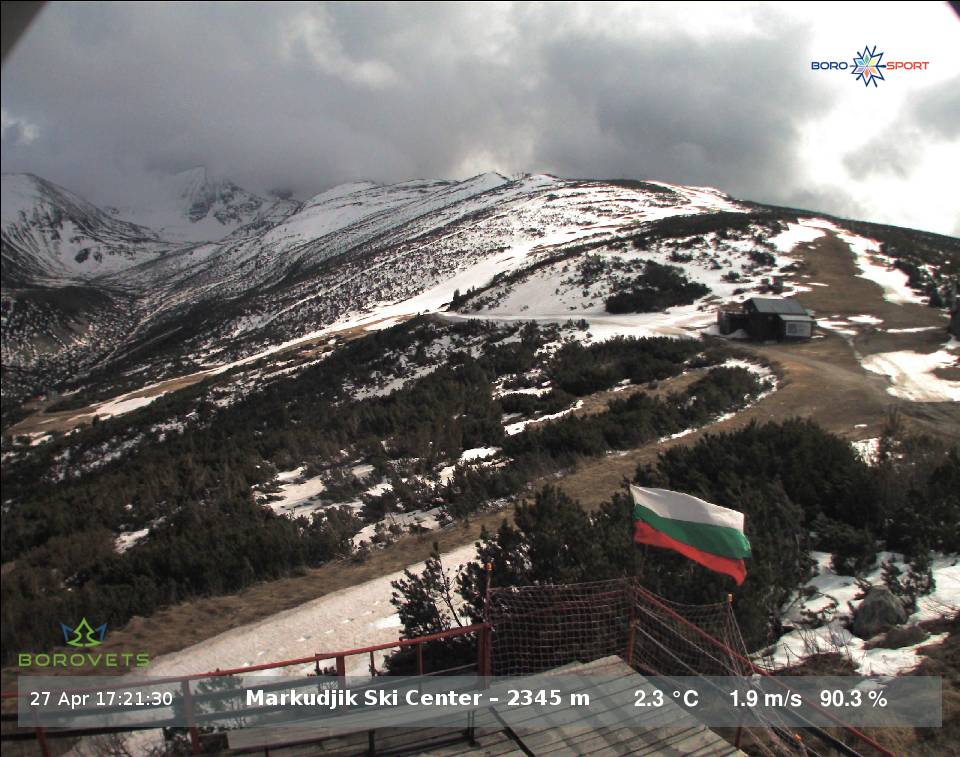Volga Bulgaria of the Pre-Mongolian period is known as the country of cities. Most Bulgarian cities date back to the Pre-Mongolian period (early Xth century). Bulgar – the "Great City", as described in the Russian annals, stood out among them with its huge territory (approximately 800 hectares). It is the pre-Mongolian capital of the country, located on the site of the Bilär sire, which was entirely burnt during the XIIIth century and never restored.
According to the latest archeological research, the city consisted of four parts. It was divided by the concentric ground banks and fortified walls into internal and external city. The citadel was set up in the centre of the internal city, whereas the outskirts of the vast suburb stretched beyond the external fortifications.
Within the internal city the archeologists discovered remains of a large complex (occupying an area of around 2500 sq.m), comprising two halls of the court mosque and a brick two-storey residential building, connected thereto, with a complex underfloor heating system.
The necropolis of the Bulgarian gentry was located nearby. The following remains were discovered – clay houses of the builders and a number of pits with traces of wooden structures from cellars and storehouses, around 20 wells, etc. One more brick building, provisionally called the Bath, was explored. It was within range of the citadel, whose northwestern part used to accommodate the court complex.







Няма коментари:
Публикуване на коментар